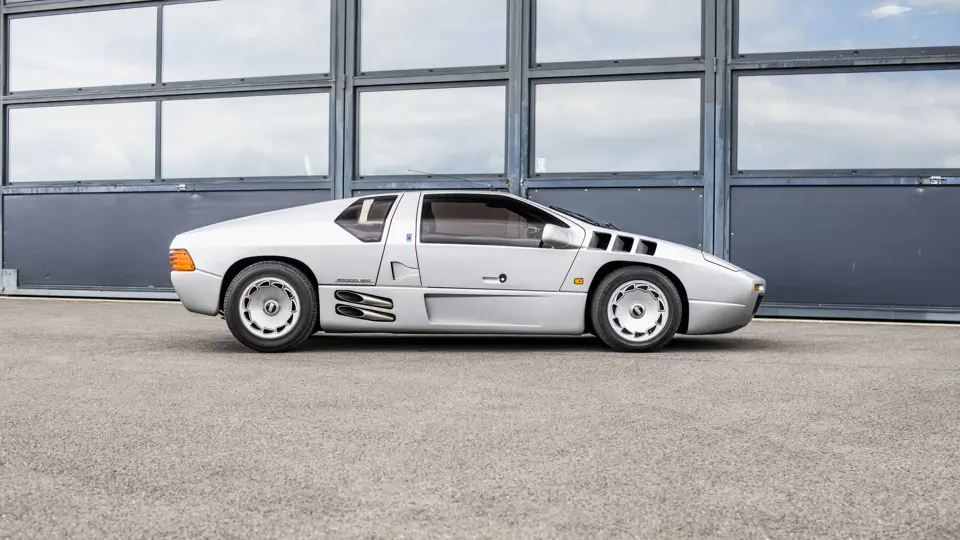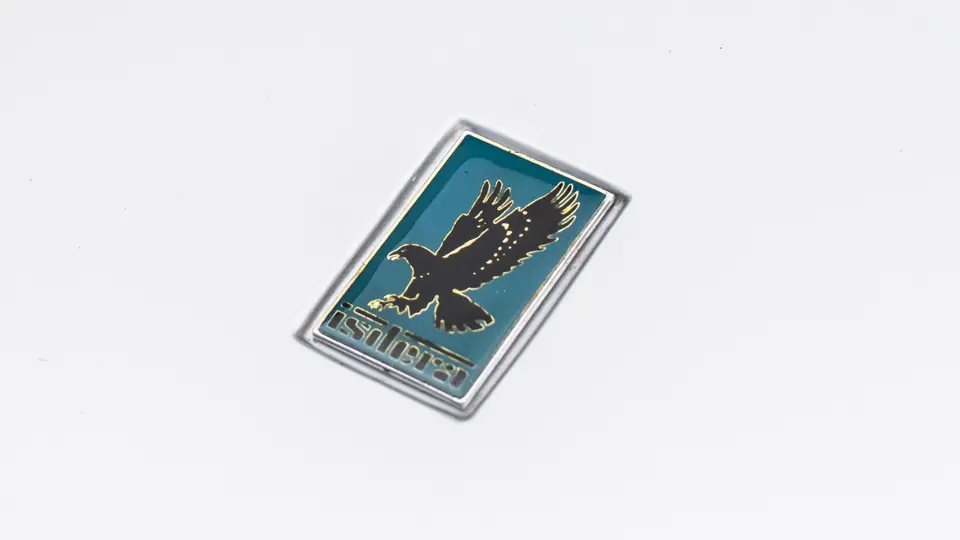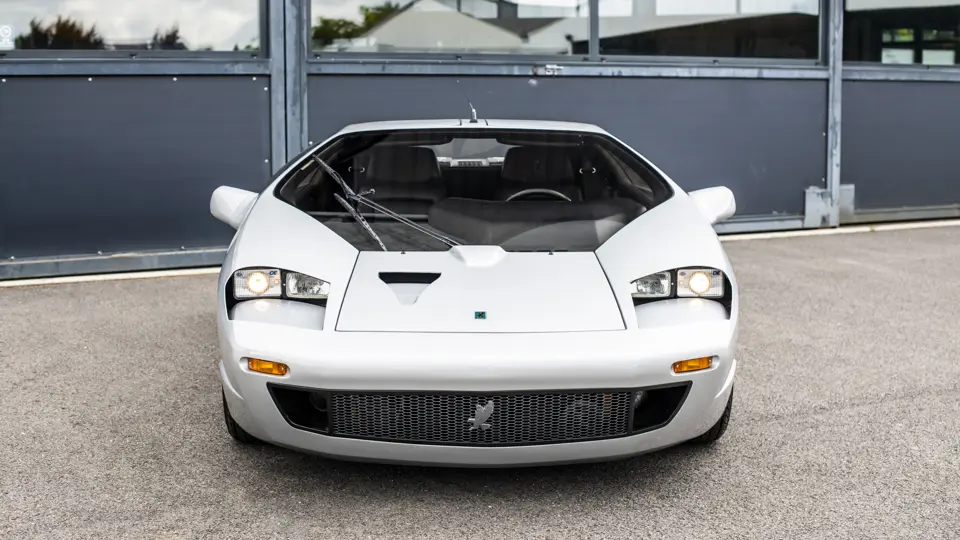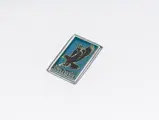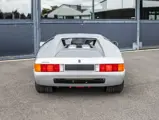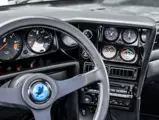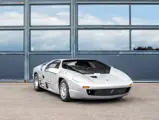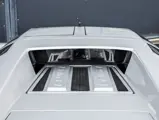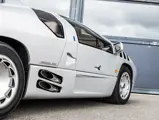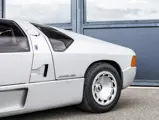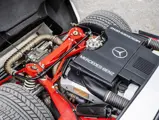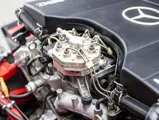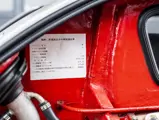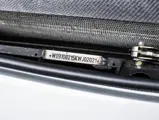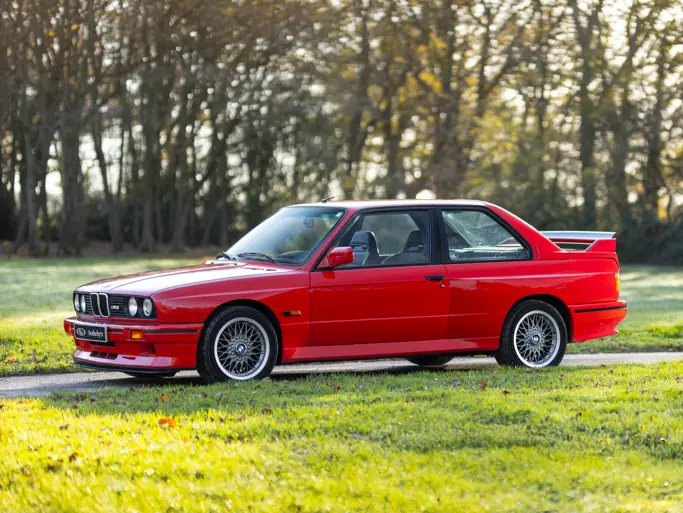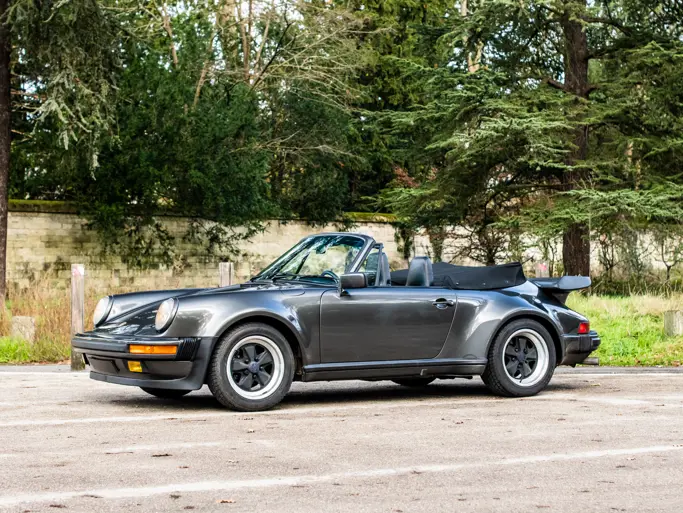
1991 Isdera Imperator 108i Series 2
{{lr.item.text}}
$800,000 - $1,000,000 USD | Not Sold
The Turbollection
{{bidding.lot.reserveStatusFormatted}}
- Striking wedge design and Mercedes-Benz V-8 power
- Believed to be one of 13 Series 2 Imperator 108i examples
- Showing just 1,912 km (~1,189 miles) on the odometer at the time of cataloguing
- Delivered new to Japan
Please also note that due to California emissions, this vehicle must be sold to a dealer or out-of-state resident.
Isdera was founded in 1982 by the automotive designer, Eberhard Schulz, whose career had begun at Porsche having initially impressed with his hand-built prototype, the Erator GTE. While working for Porsche, Schulz continued to develop his own second concept car in his spare time, envisaged to mimic the design of the Mercedes-Benz 300 SL. In the early 1970s, Schulz departed Porsche and joined forces with the tuner, Rainer Buchmann, to form B&B GmbH & Co Auto KG, where the pair pioneered development of the attractive CW311. To generate publicity, the legendary Mercedes-Benz “three-pointed star” was fitted to the grille of the car.
In 1982, Schulz parted ways with B&B to create Isdera, focusing on small-scale production vehicles, design and engineering services. Two years later the company introduced the Imperator 108i, based on the original CW311 project. Just 30 examples would be produced over the following nine years with various design changes and V-8 engines sourced from Mercedes-Benz. All, however, utilized a tubular steel spaceframe with a bonded fiberglass body and iconic gullwing doors.
The car’s suspension is composed of front double wishbones with upper and lower transverse links at the rear. Coil springs and disc brakes featured on all four corners. Altogether, Isdera claimed a top speed of 175 mph and a 5.1 second dash to 60 mph.
The example on offer is a later, Imperator 108i Series 2, which can be readily identified by the pop-up headlamps at the front. Keen observers will note the softer overall body lines, a larger front grille opening, the inclusion of vents above the front wheel arches, and an offset NACA duct on the hood. Lastly, the exhaust was re-routed from the rear to a twin exit just ahead of the right rear wheel. These revisions amount to a shape that bears an increased likeness to the CW311 prototype.
Originally delivered to a customer in Japan, the Isdera was surprisingly built with a left-hand-drive configuration. Traditional for a German sports car, the exterior is finished with an attractive shade of silver paint over a rich black leather interior. Under the rear hatch, a code M119 fuel injected, 32-valve V-8 engine is paired with a five-speed ZF manual transmission which sends roughly 300 horsepower to the rear wheels.
In 2016, the car was registered in the United Kingdom, but it would soon be sold to an entity in Germany. At this time, it received a partial restoration courtesy of MePoPres F. Ulbricht GmbH. In 2021, the Isdera entered the collection of the current owner. Work invoices dated to September of the same year indicate the car was inspected and the cooling system, climate control system, and brakes were serviced.
Showing just 1,912 kilometers (~1,189 miles) on the odometer at the time of cataloguing, this Isdera Imperator 108i Series 2 is an exceptional example that will surely be the star of any car show. Its striking design, V-8 power, and extreme rarity make it an immensely desirable automobile fit for any serious collection.


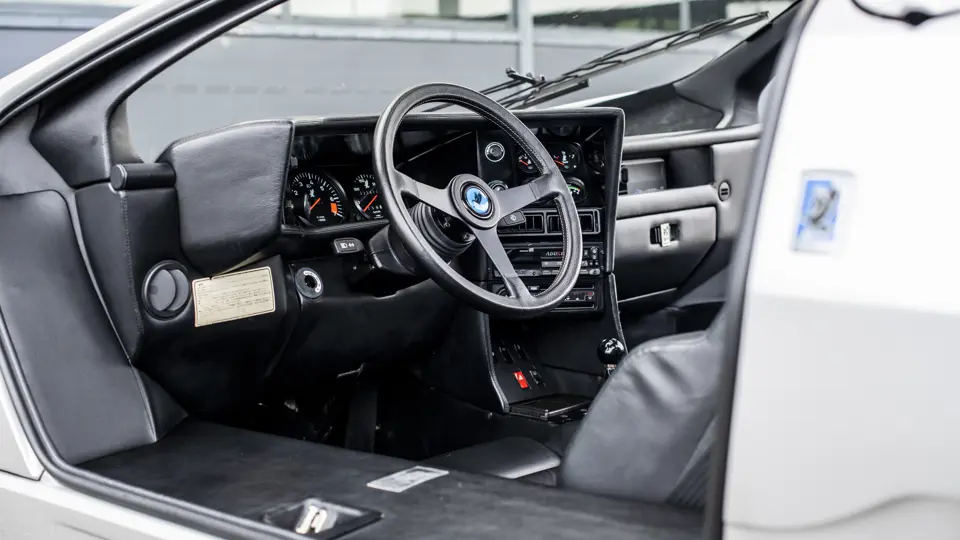

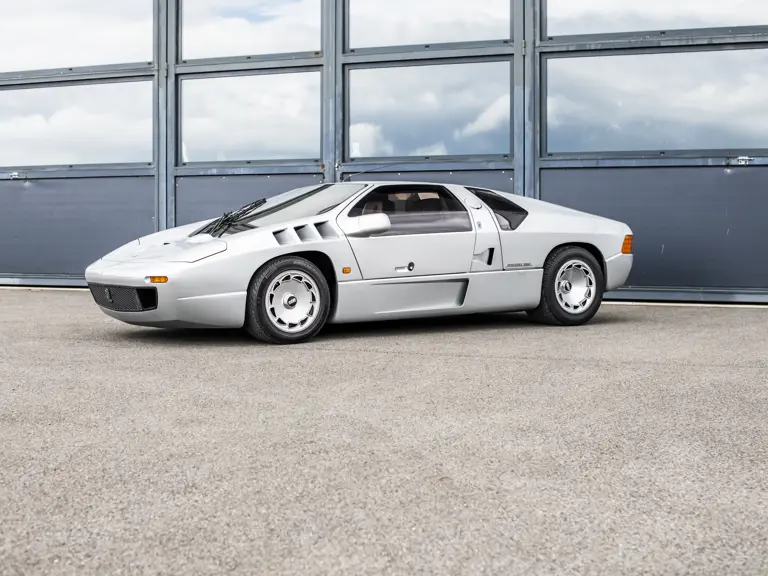

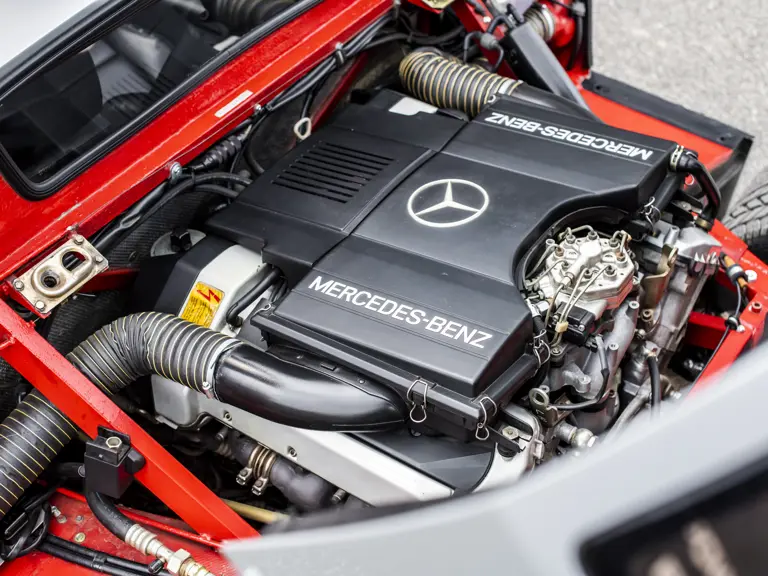
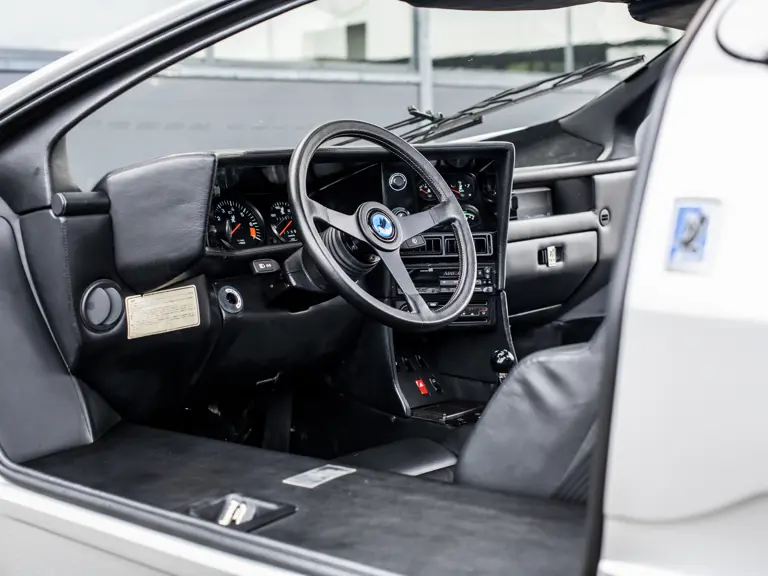
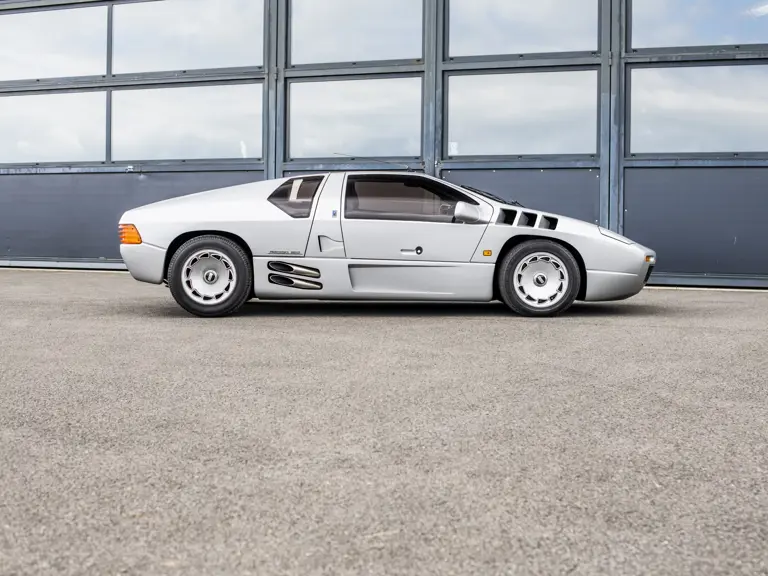
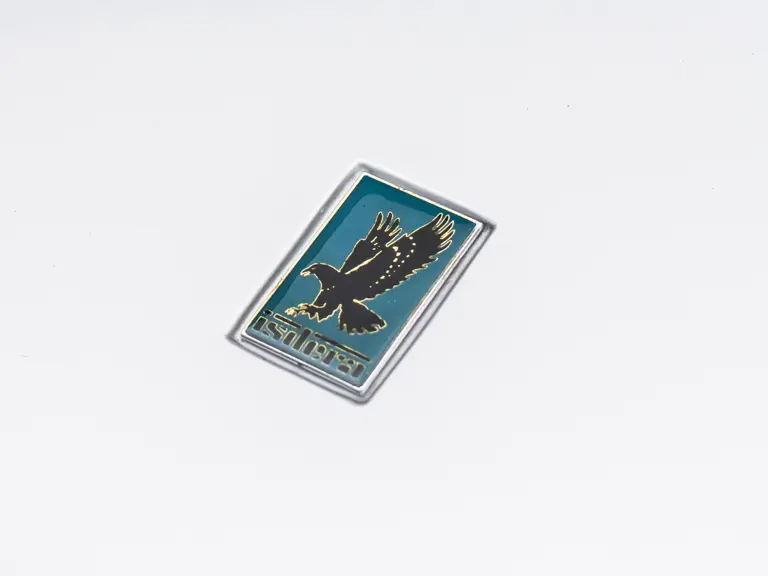
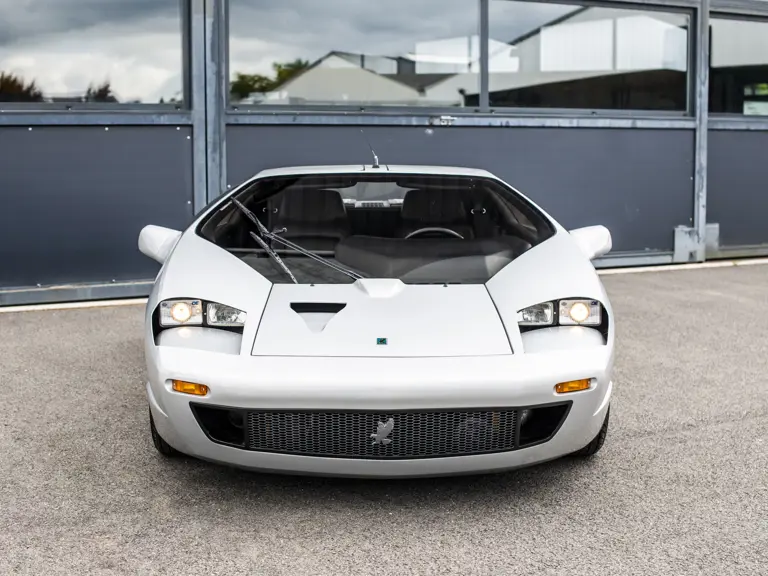
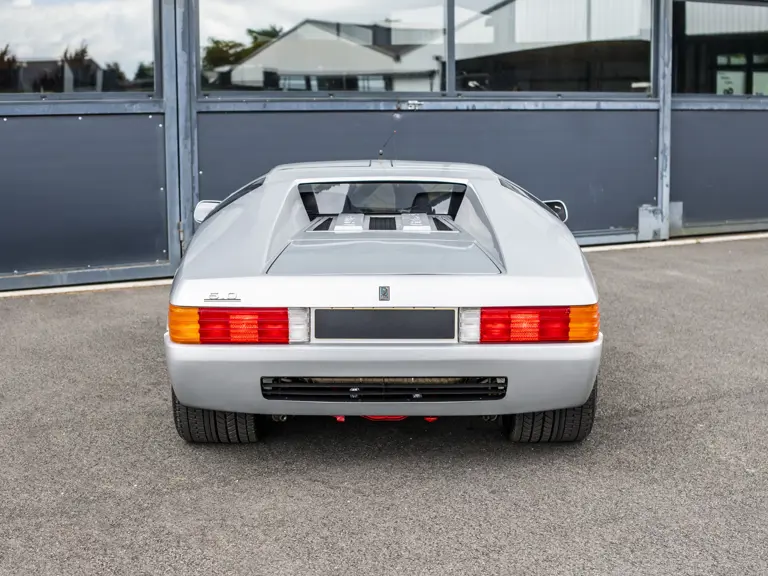
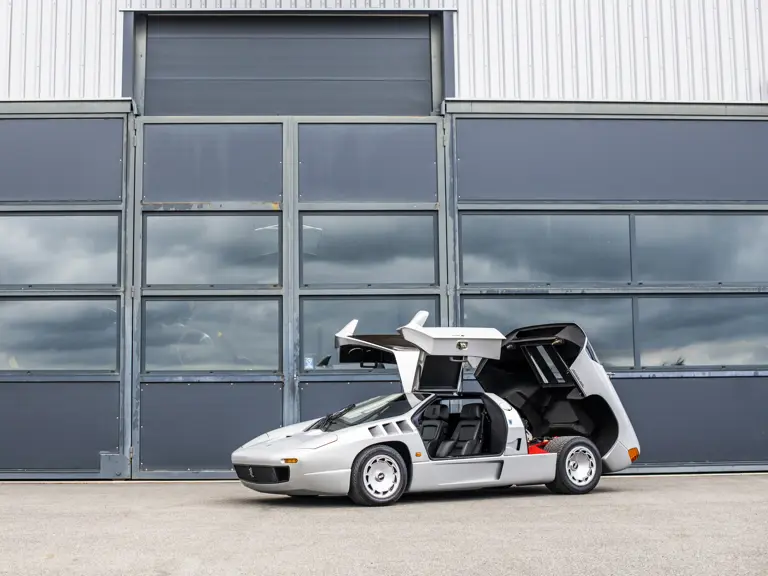
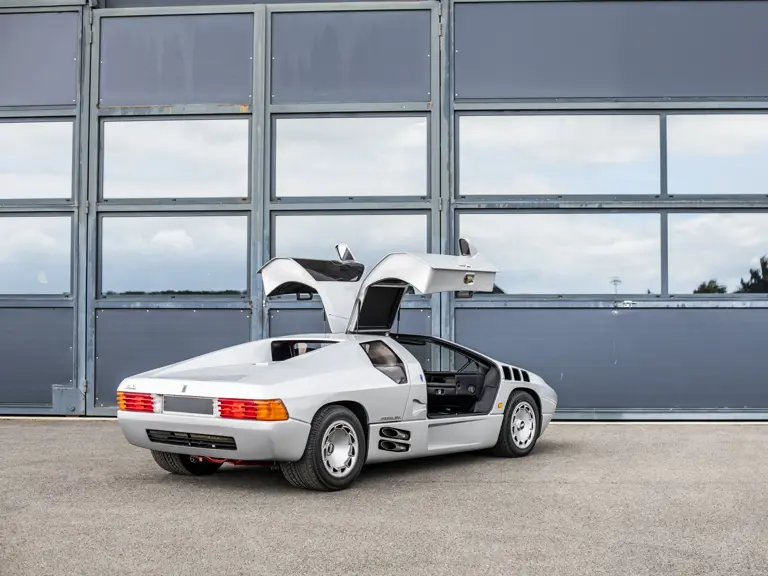

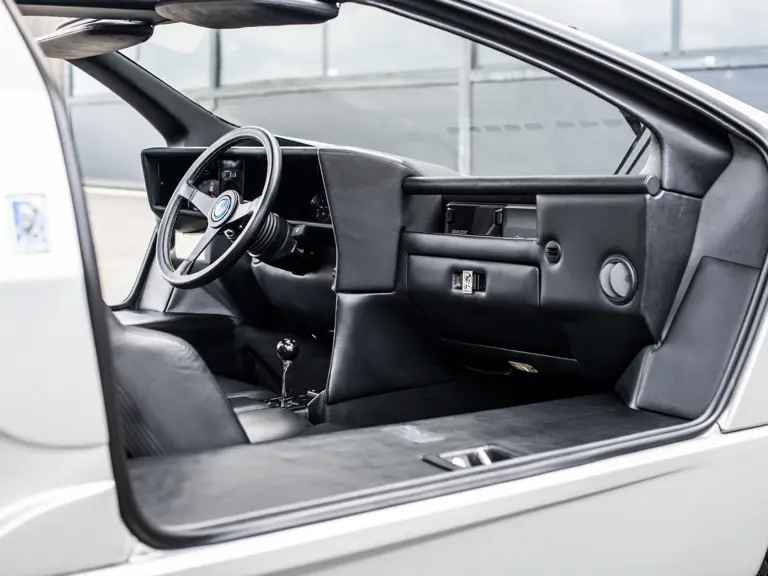
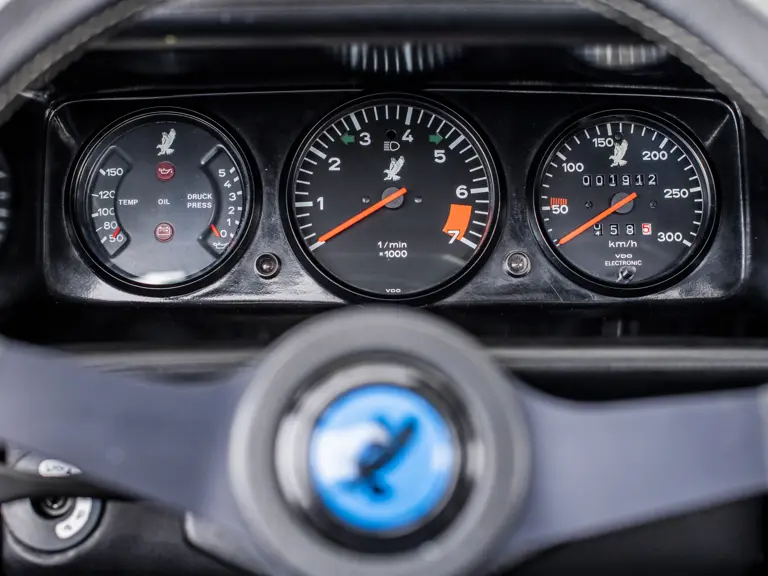
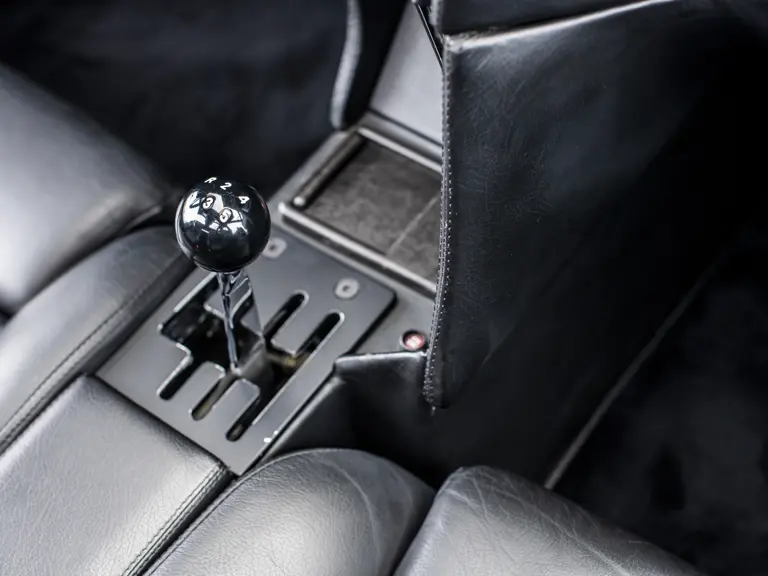
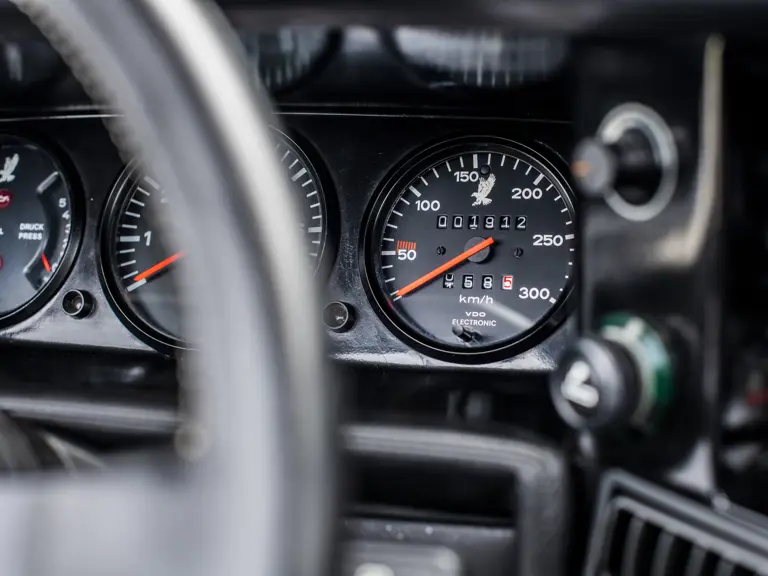
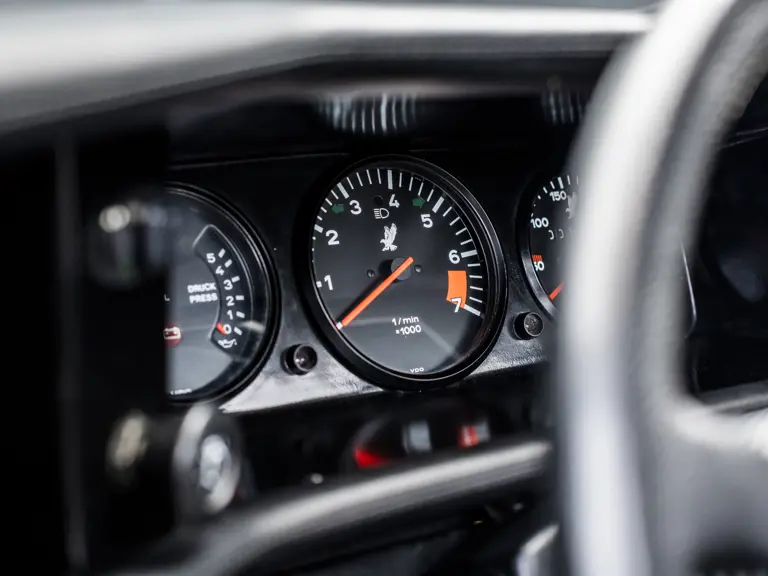

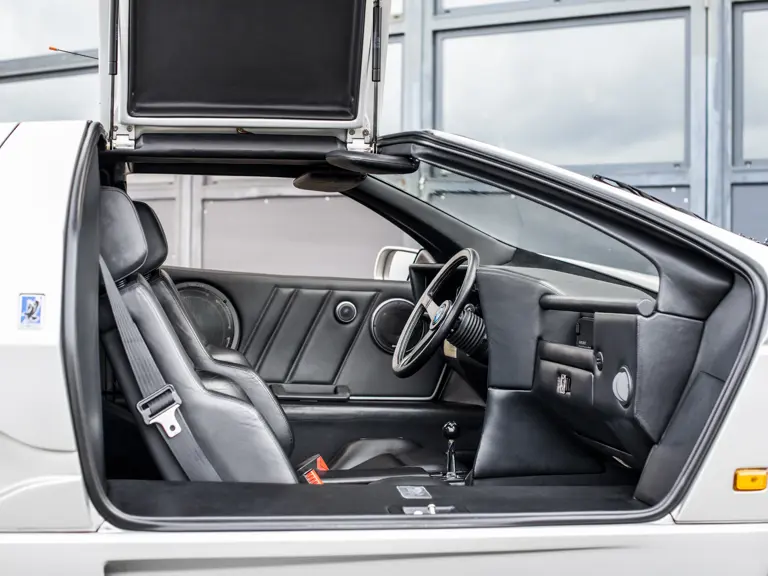
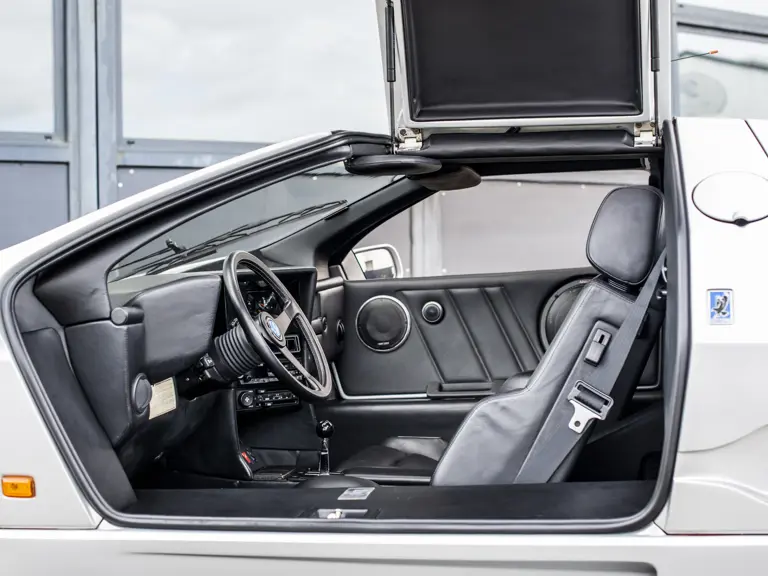
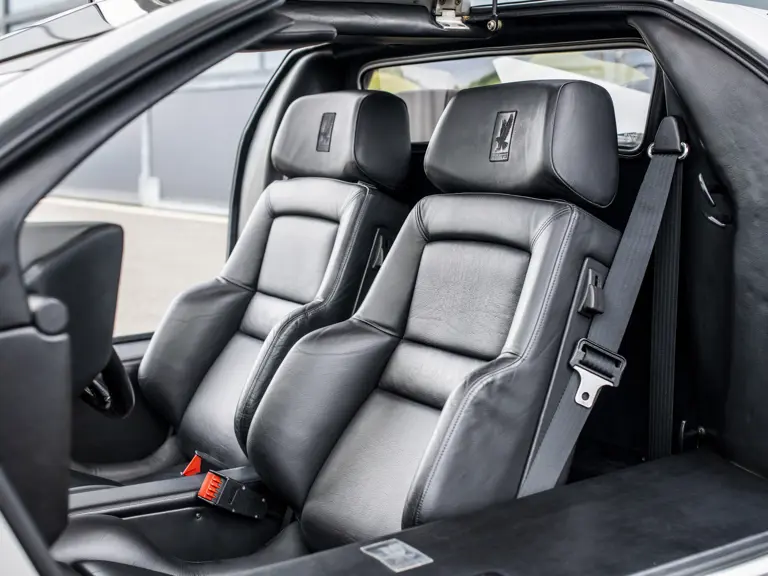
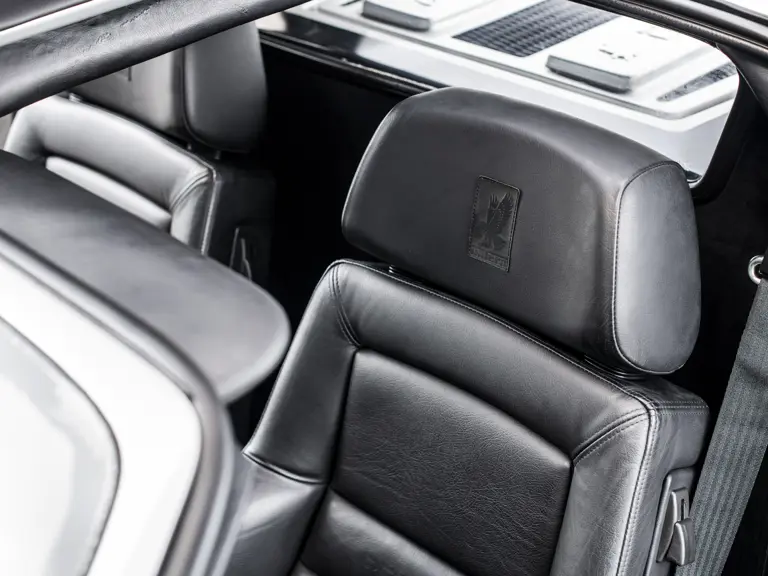

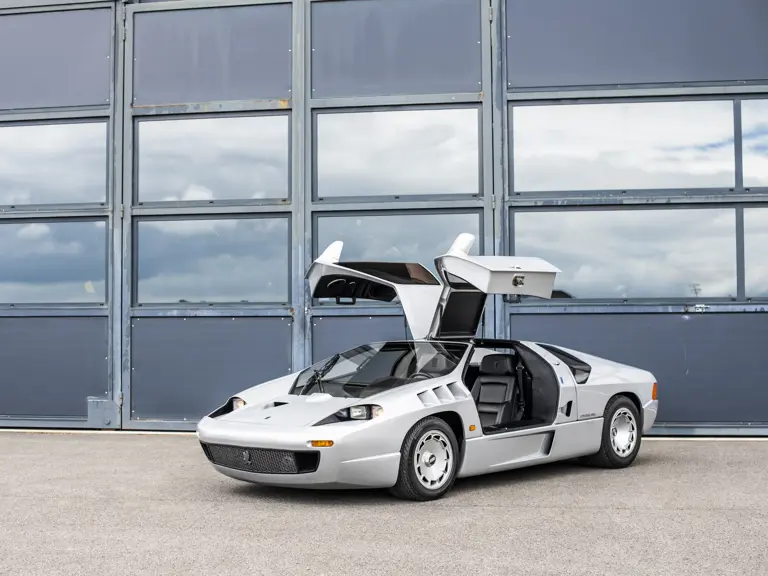
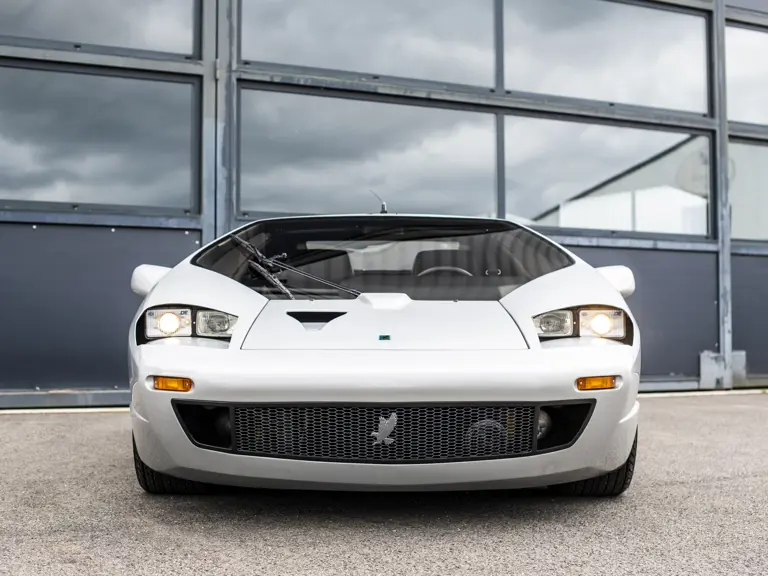

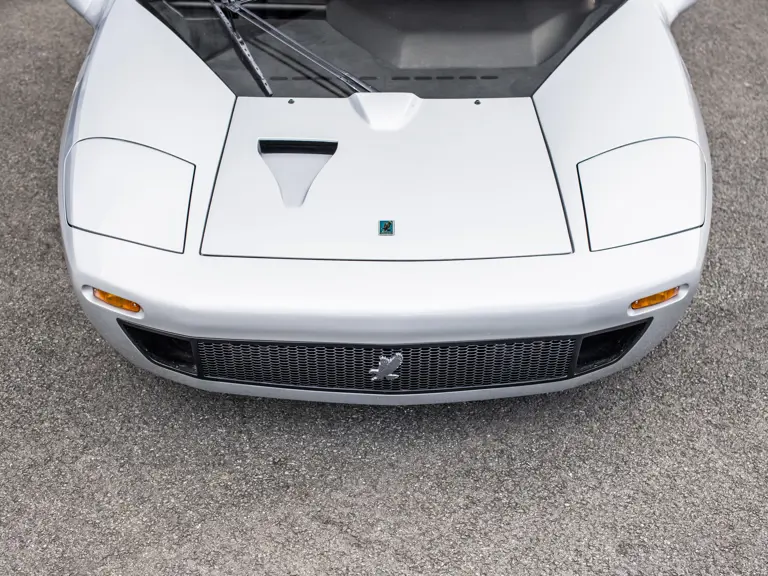

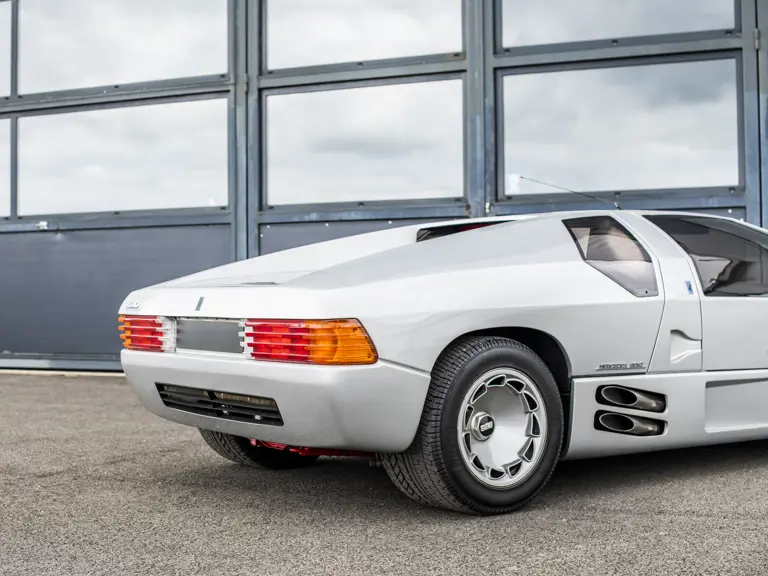
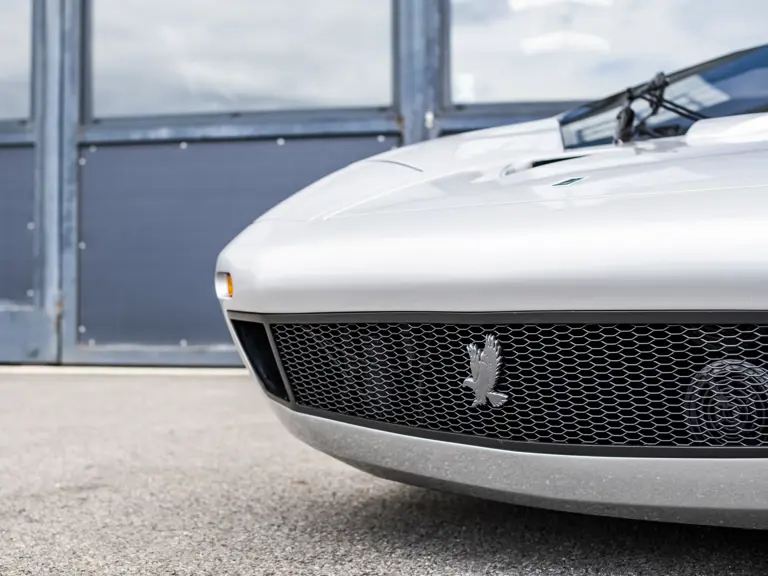

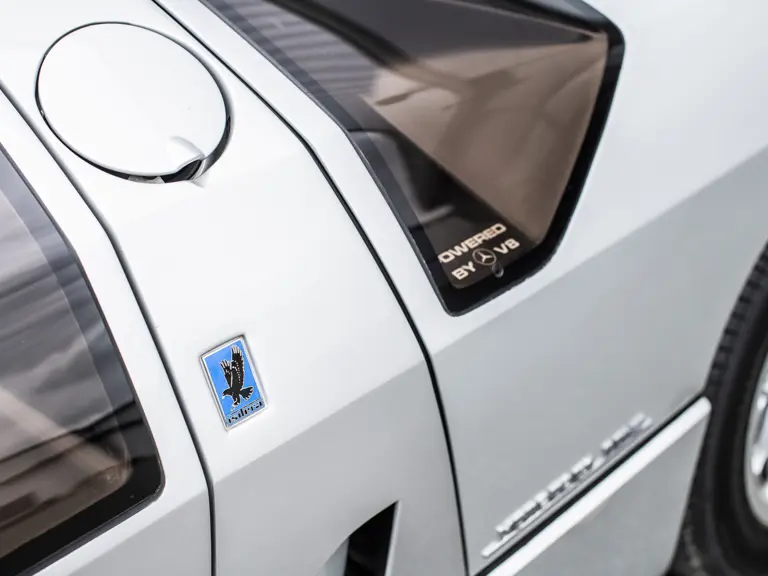
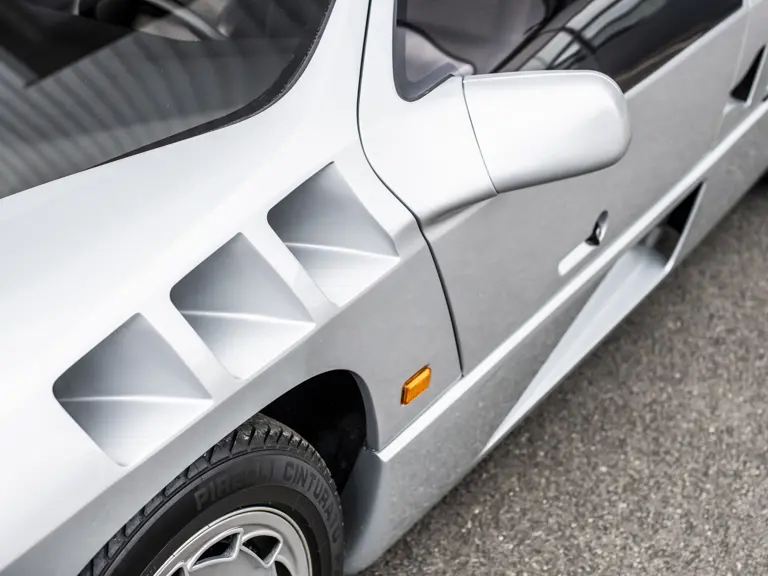
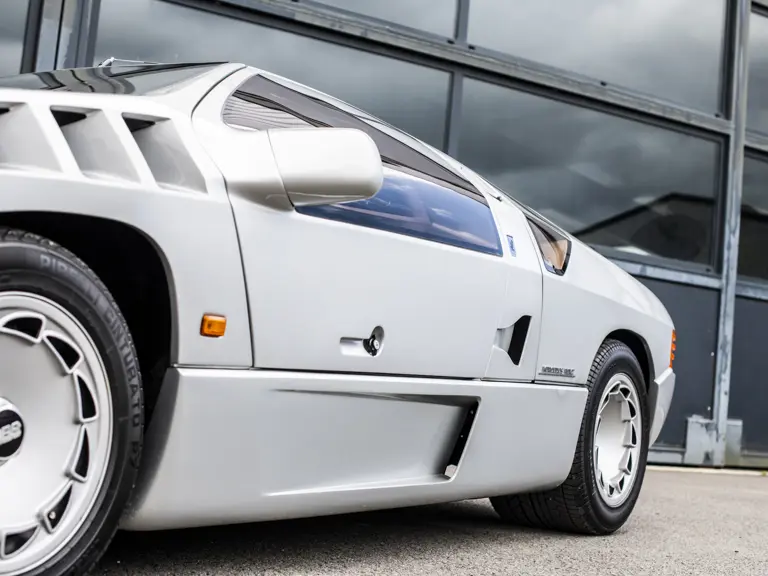
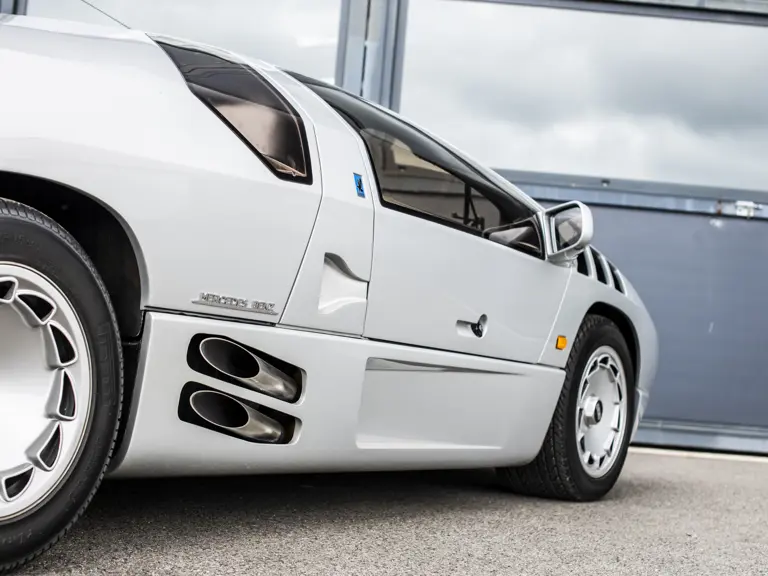
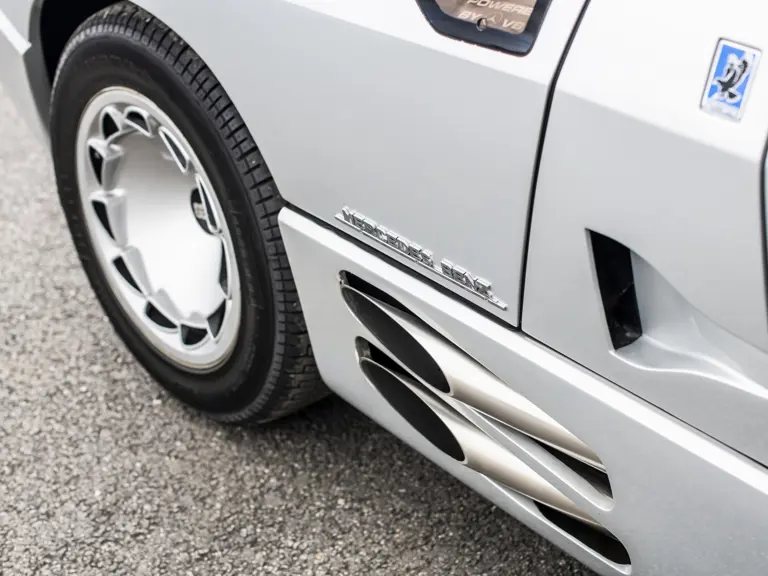
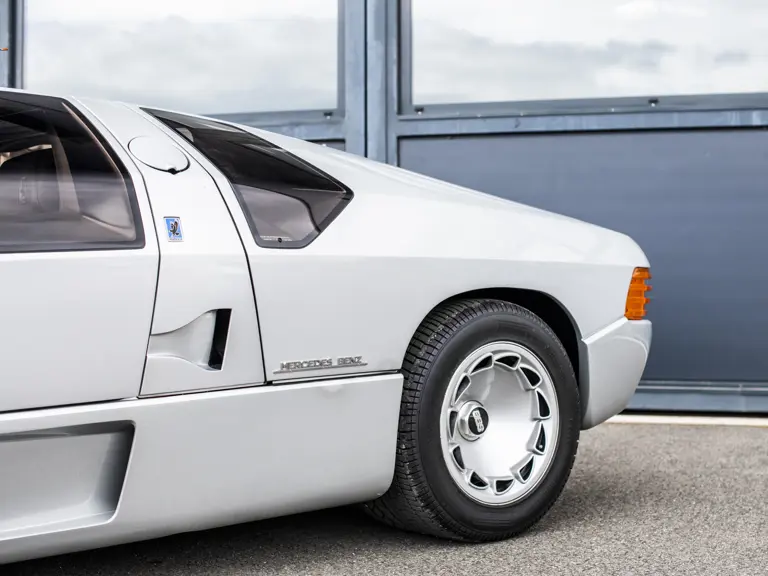
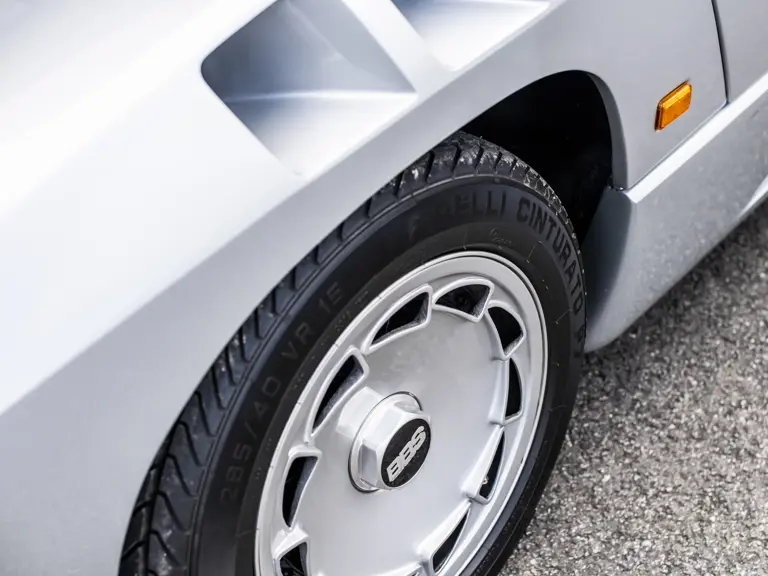

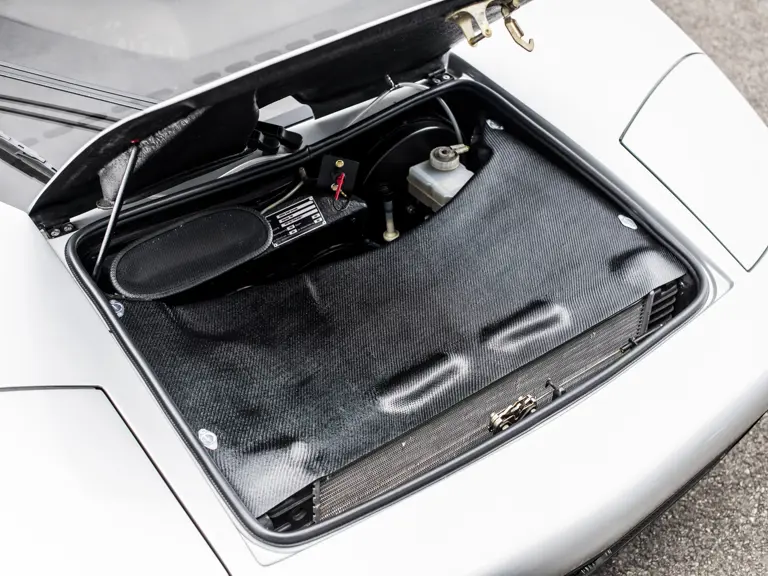
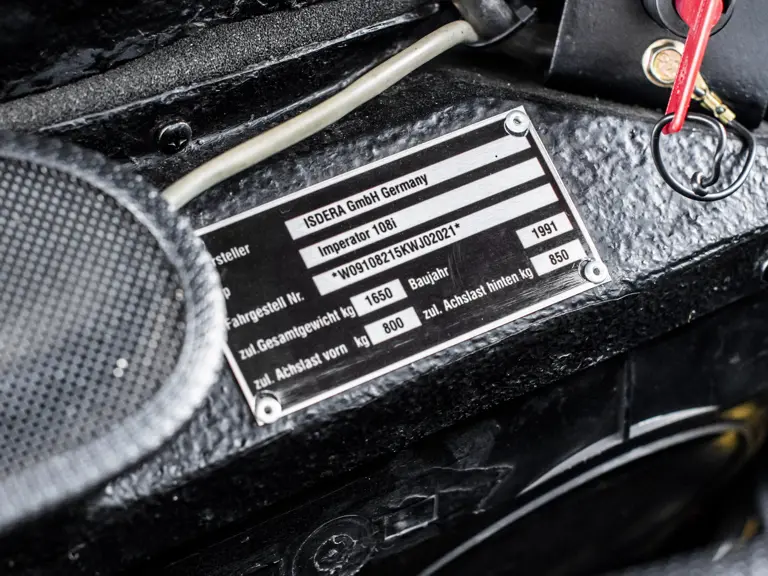
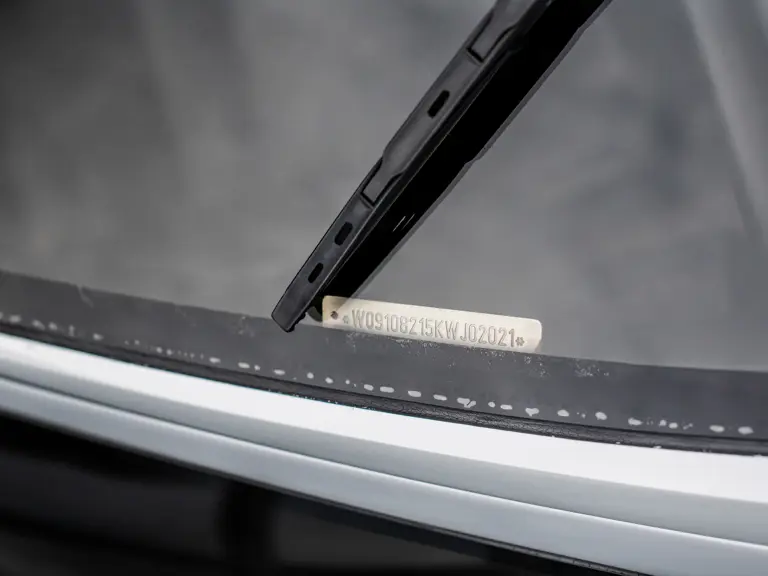
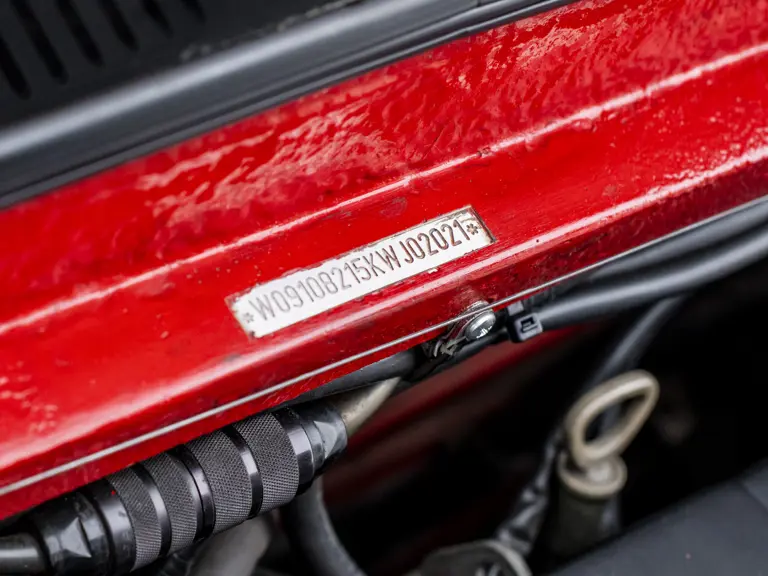
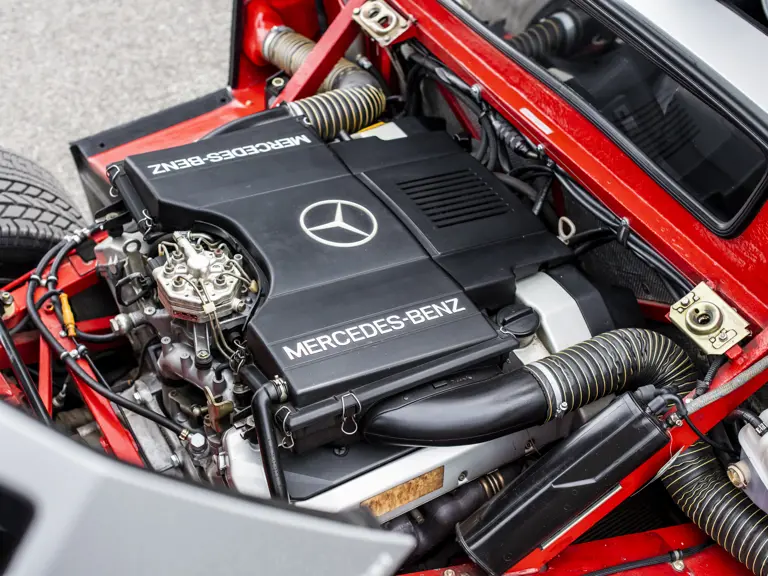
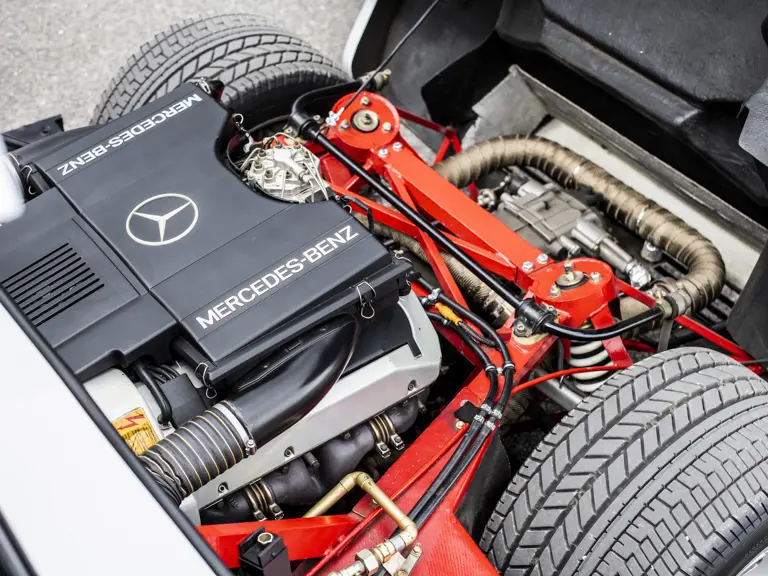

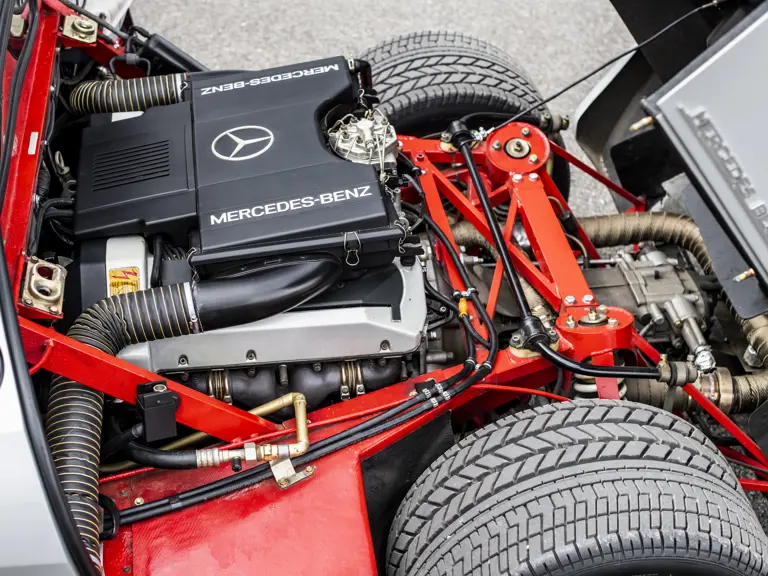

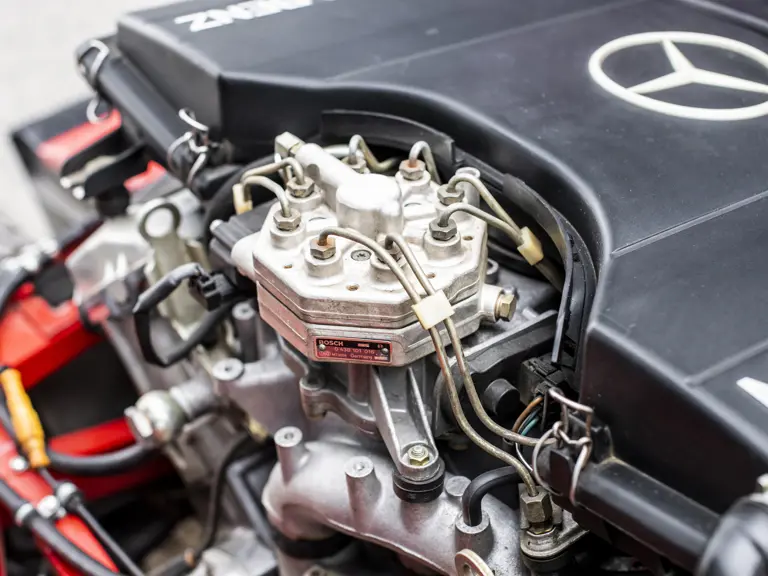


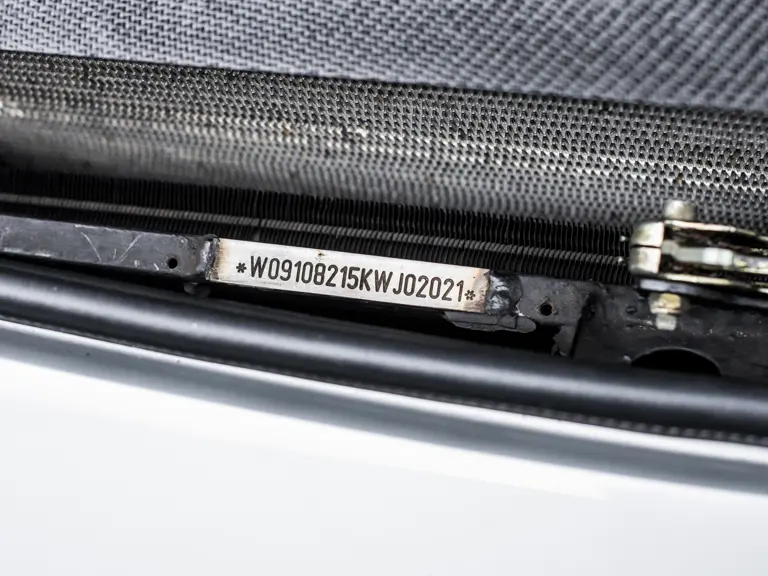
 | Monterey, California
| Monterey, California
